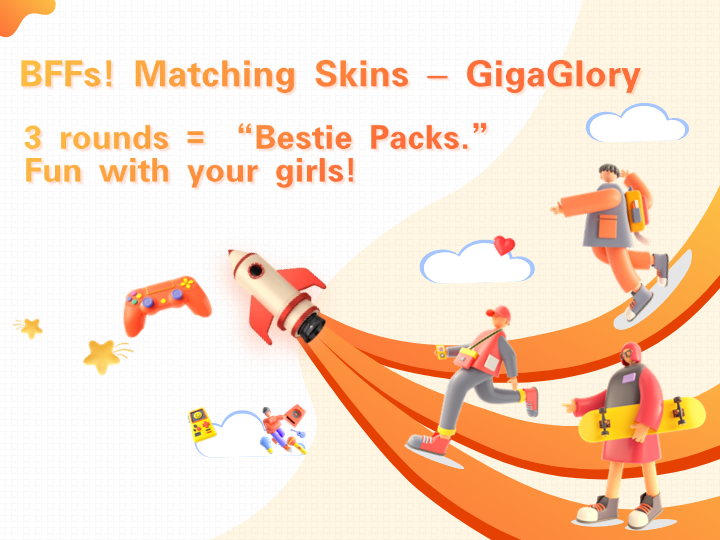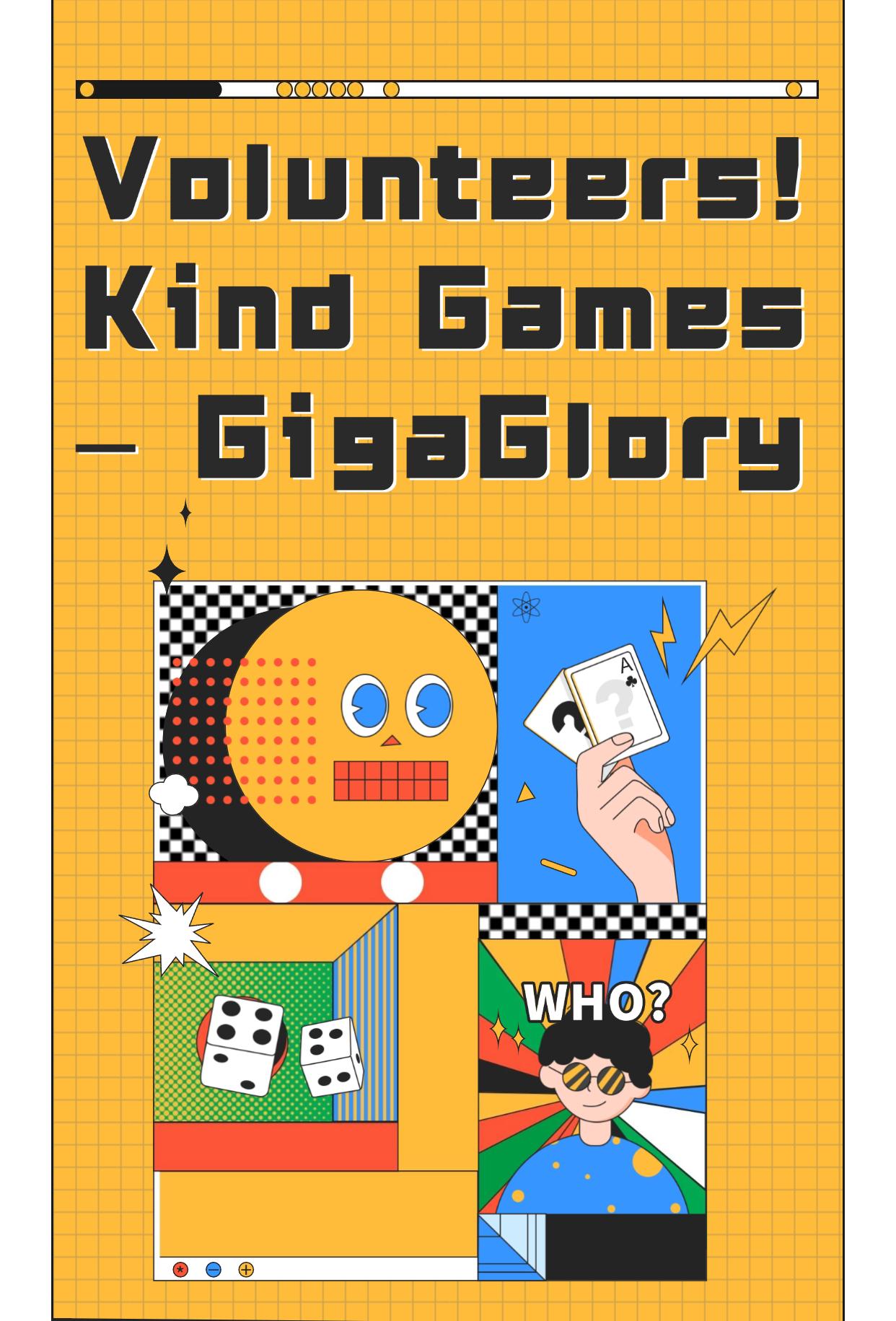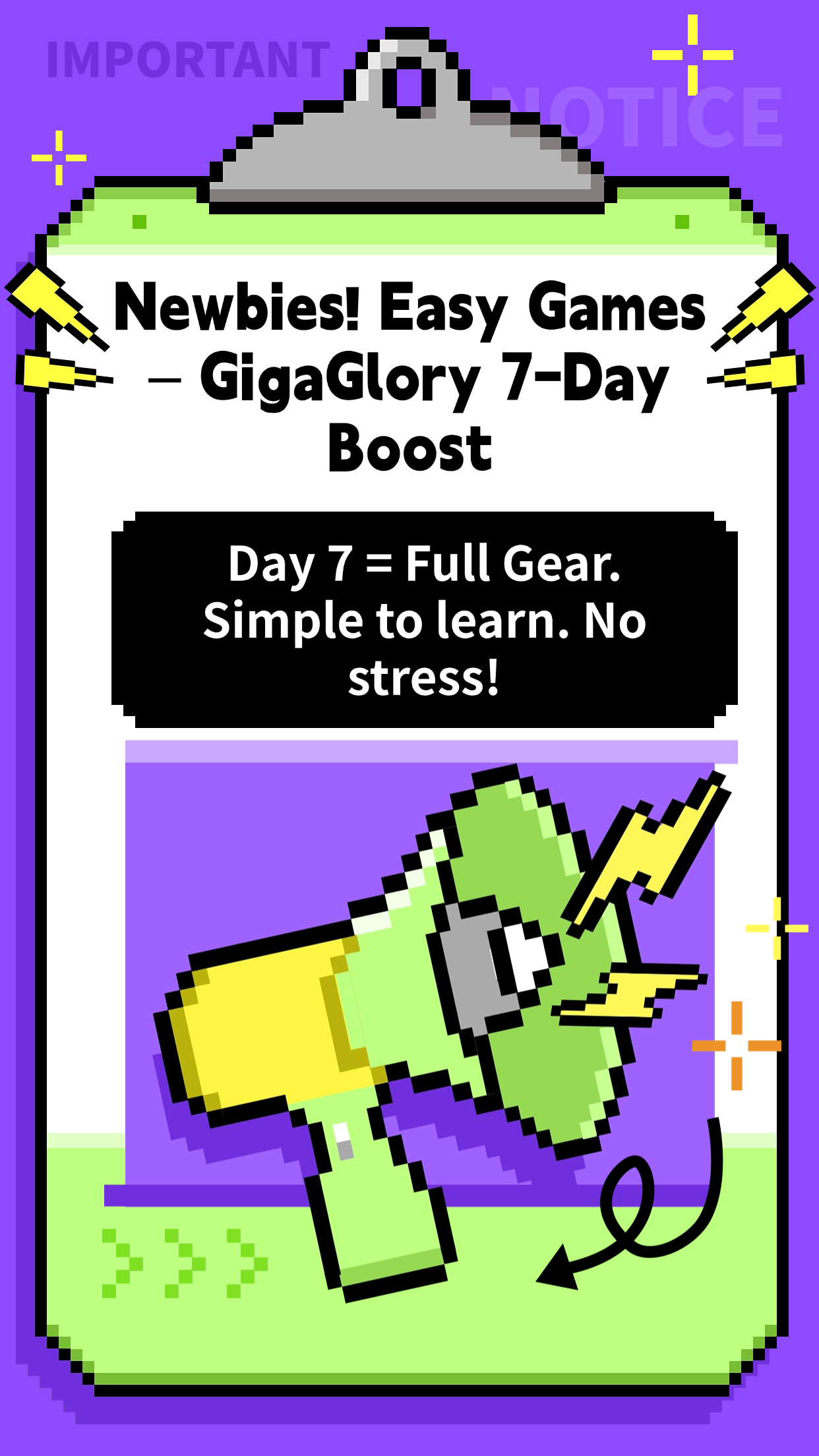Why Multiplayer Building Games Are Redefining Social Interaction in Gaming
In today's gaming world, multiplayer building games have become a phenomenon, reshaping how we interact and socialize within virtual environments. This article delves into how these games are not only offering unique gameplay mechanics but are also fostering stronger community ties and interactions among players. We'll explore various elements that contribute to this shift, key factors driving their popularity, and how they are creating an inclusive space for gamers worldwide.
The Rise of Multiplayer Building Games
The emergence of building games has been propelled by several factors. Popular titles such as Minecraft and Roblox are epicenters of creativity and collaboration. But what sets them apart from traditional games? Let's take a closer look:
- Intuitive Gameplay
- Endless Possibilities for Creation
- Community-Driven Content
Intuitive Gameplay Mechanics
One of the key elements that make multiplayer building games appealing is their easy-to-learn mechanics. Players often find themselves engrossed without needing a steep learning curve. This accessibility opens up the genre to a wider audience, from young children to adults. For example, games like Minecraft allow players to build their worlds with simple commands and commands, leading to engaging and immersive experiences.
Opportunities for Community Collaboration
Multiplayer building games facilitate collaboration. Players work together to create vast worlds, organize events, and participate in community challenges. These tasks forge friendships that extend beyond the gaming sphere, helping to strengthen social interactions and connections.
Building Together: The Power of Cooperation
In-game mechanics that focus on teamwork undoubtedly enhance social bonds. Players often coordinate roles and share resources, highlighting the importance of communication. This teamwork translates into real-world skills such as negotiation and conflict resolution, which can benefit players in both gaming and non-gaming scenarios.
Social Interaction Beyond Gaming
Interestingly, multiplayer building games have become more than just entertainment; they are social platforms. Players are meeting new friends, forging lasting bonds, and even developing communities based on shared interests and experiences.
| Game Title | Community Size | Key Features |
|---|---|---|
| Minecraft | Over 126 million | User-generated content, Mods, Events |
| Roblox | Over 200 million | Game creation, Avatars, Events |
The Culture of Creativity
The creative freedom found in these games is unmatched. Players can express themselves and showcase their skills in countless ways. Some create stunning architectural masterpieces, while others design intricate machines within the game. This culture encourages not just creativity but also collaboration, as players often share tips, tricks, and ideas with one another.
Influencing Real-World Collaboration
The skills gamers develop during online play often transfer to real life. Collaboration in these games teaches players to work with different personalities. Such experiences promote empathy and understanding, crucial aspects of parent-child relationships and teamwork.
Building Communities through Events
Community events such as game festivals or seasonal challenges bring players together. These occasions often return winter holidays, featuring **games from various creators**. Players participate, sharing their experiences, further solidifying connections.
Connection through Competition
Not all interaction is cooperative; some games feature competitive environments as well. This aspect adds a different flavor to social interaction, where players strive to outperform each other while still engaging in friendly banter and developing camaraderie. The balance between collaboration and competition makes multiplayer building games exciting.
The Balance of Friendship and Rivalry
While making enemies can lead to tension, it can also foster motivation. Competing against friends pushes players to refine their skills and strategies. Ultimately, it creates an engaging atmosphere where players celebrate each other's successes, even amidst the competition.
Inclusion and Representation
Multiplayer building games are commendably inclusive. Developers are prioritizing diverse representations within their games, allowing players to choose their avatars and customize them in various ways. This inclusivity helps players find a sense of belonging within virtual spaces.
The Impact on Player Identity
Identity expression is crucial in the gaming world. Players can choose how they want to be seen, creating a richer social dynamic. By being represented, players feel more connected, enhancing their gaming experience significantly.
Future Trends: The Evolution of Multiplayer Building Games
The future of multiplayer building games looks bright. As technology evolves, we can expect even more dynamic gameplay experiences. The introduction of augmented reality (AR) and virtual reality (VR) opens up possibilities for immersive interactions like never before. Players can construct worlds that blend seamlessly with the real workspace, creating interactions that blur the lines between virtual and real life.
Conclusion
In conclusion, multiplayer building games are transforming social interaction in gaming. By promoting collaboration, creativity, and inclusivity, they offer an enriching environment for players of all backgrounds. Whether engaging in friendly competition or cooperating to build a grand landscape, these games are redefining what it means to connect in the digital age.
FAQs
What are some popular multiplayer building games?
Some notable options include Minecraft, Roblox, Fortnite Creative, and Terraria, each with unique features and communities.
How do multiplayer games help develop social skills?
Players learn teamwork, communication, and negotiation, skills that extend beyond gaming into everyday life.
Are multiplayer building games suitable for all ages?
Yes, most multiplayer building games cater to various age groups, with content filters available where necessary.
Can these games improve creativity?
Absolutely! Players can express their creativity through building, crafting, and designing within the game, enhancing their overall experience.
What future developments can we expect?
With advancements in gaming technologies like AR and VR, players may soon experience even more immersive gameplay and social interactions.



